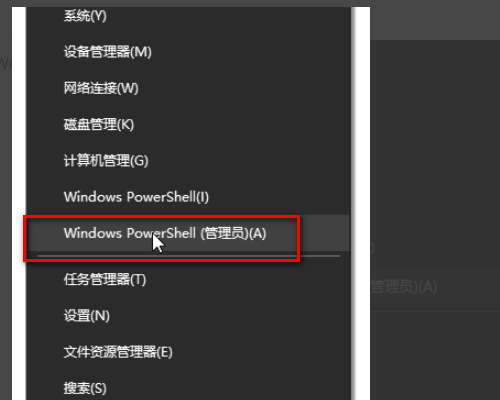请举10个完成时的语法!
的有关信息介绍如下:
将来完成时用来表示在将来某一时间以前已经完成或一直持续的动作。经常与before+将来时间或by+将来时间连用,也可与before或by the time引导的现在时的从句连用。 1) 构成will / be going to do sth. 2) 概念 a. 状态完成:表示某事继续到将来某一时为止一直有的状态。 b. 动作完成:表示将来某一时或另一个将来的动作之前,已经完成的动作或一获得的经验。 They will have been married for 20 years by then. You will have reached Shanghai by this time tomorrow. 将来完成时的构成 将来完成时的构成是由"shall/will + have +过去分词"构成的。 Before long he will have forgotten all about the matter. 不久他就会全然忘记这件事的。 He is somebody now. He will not have remembered his old classmates. 他现在是一个有身份的人了,他可能不会记得老同学了。 Will you have known Kevin for 10 years next month? 到下个月你认识凯文该有10年了吧? 将来完成时的用法 ①表示在将来某一时间之前已完成的动作,并往往对将来某一时间产生影响。 We shall have learned 12 units by the end of this term. 到这个学期末,我们将学完12个单元。 By the time you get home I will have cleaned the house from top to bottom. 你到家之前我将把房子彻底打扫一遍。 ②表示推测,相当于"must have done"结构。 You will have heard of this, I guess. 我想你已经听说过这件事了。 I am sure he will have got the information. 我相信他一定得到了这个信息。过去完成时1) 概念:表示过去的过去 ----|-------|-----|---->其构成是had +过去分词构成。 那时以前 那时 现在 2) 用法 a. 在told, said, knew, heard, thought等动词后的宾语从句。 She said (that) she had never been to Paris. b. 状语从句 在过去不同时间发生的两个动作中,发生在先,用过去完成时;发生在后,用一般过去时。 When the police arrived, the thieves had run away. c. 表示意向的动词,如hope, wish, expect, think, intend, mean, suppose等,用过去完成时表示"原本…,未能…" We had hoped that you would come, but you didn't. 3) 过去完成时的时间状语before, by, until , when, after, once, as soon as。 He said that he had learned some English before. By the time he was twelve, Edison had began to make a living by himself. Tom was disappointed that most of the guests had left when he arrived at the party. 典型例题 The students ___ busily when Miss Brown went to get a book she ___ in the office. A. had written, left B,were writing, has left C. had written, had left D. were writing, had left 答案D. "把书忘在办公室"发生在"去取书"这一过去的动作之前,因此"忘了书"这一动作发生在过去的过去,用过去完成时。句中when表示的是时间的一点,表示在"同学们正忙于……"这一背景下,when所引导的动作发生。因此 前一句应用过去进行时。 注意: had no … when 还没等…… 就…… had no sooner… than 刚…… 就…… He had no sooner bought the car than he sold it.现在完成时现在完成时用来表示之前已发生或完成的动作或状 态,其结果的确和现在有联系。动作或状态发生在过去 但它的影响现在还存在;也可表示持续到现在的动作或 状态。其构成: have (has) +过去分词。 这个网址上有很多:http://www.bjmti.com/album/resource/20051010_grammar/#



